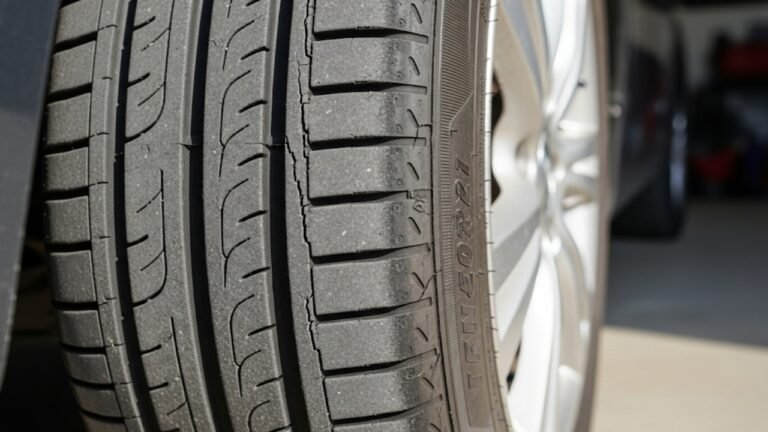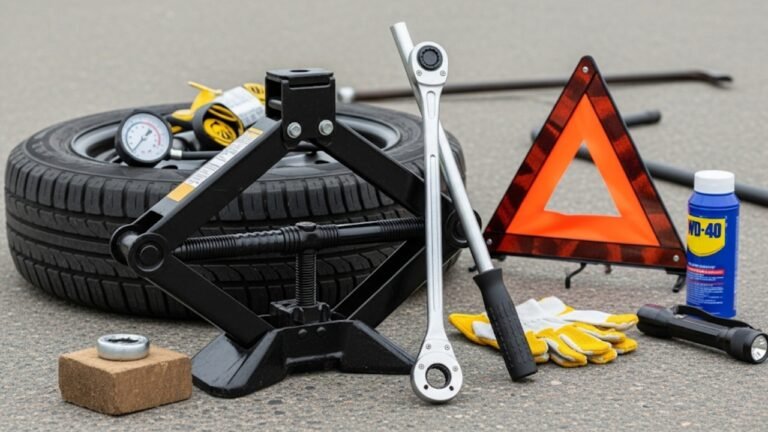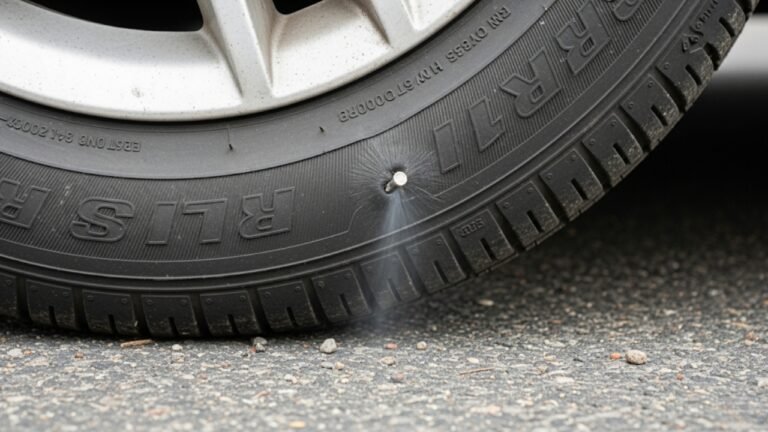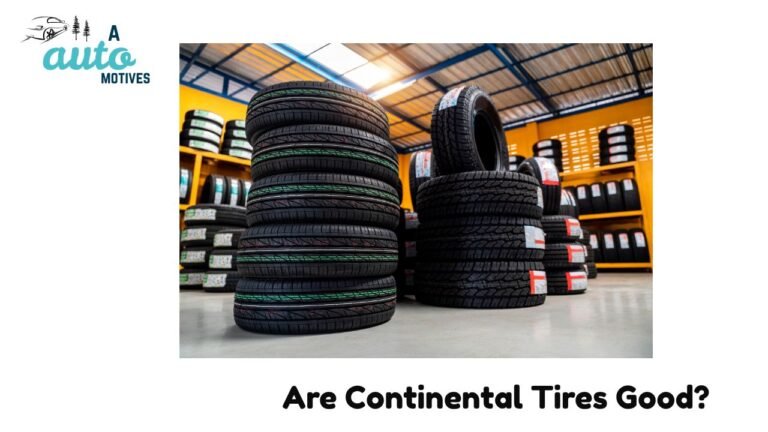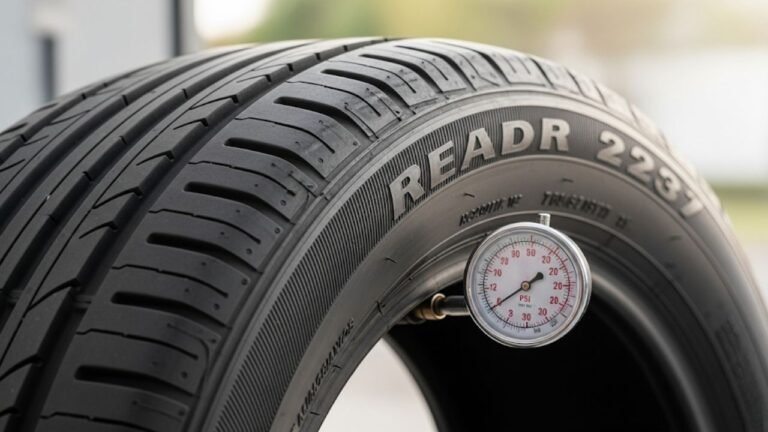Can You Use a 13.6-28 Tractor Tire on 12 Inch Rim?
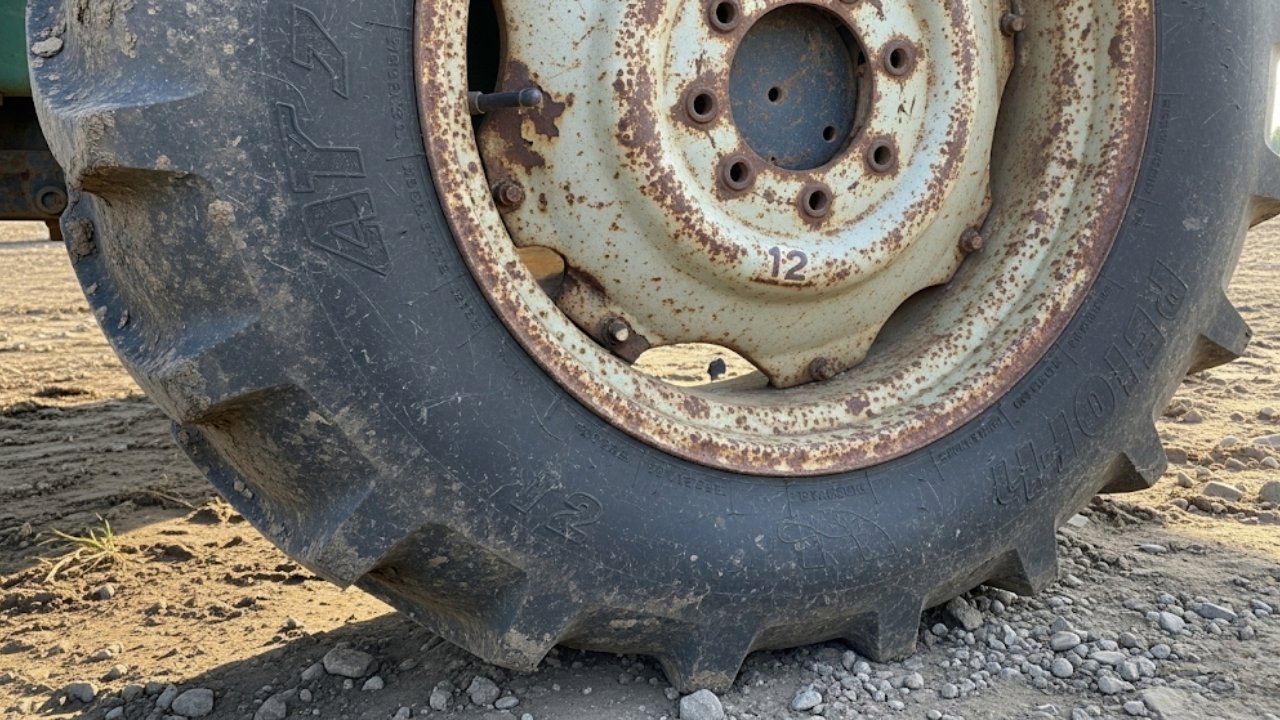
If you’ve ever worked with tractors or spent a few late afternoons fixing up your own, you know tires can be tricky business. One question that pops up more than you’d expect is whether a 13.6-28 tractor tire can fit a 12-inch rim. It sounds simple, but it’s actually a bit of a puzzle. I’ve been there — standing in the shed with my hands full of grease, wondering if I could swap out a tire without ordering new rims.
In this guide, I’ll walk you through everything you need to know about 13.6-28 tractor tires on 12 inch rims — in plain English. No confusing jargon. Just real talk, personal insight, and helpful facts. Whether you’re a seasoned farmer, a DIY enthusiast, or someone who inherited Grandpa’s old tractor, this article will give you the answers you need.
Understanding the Tire and Rim Sizes
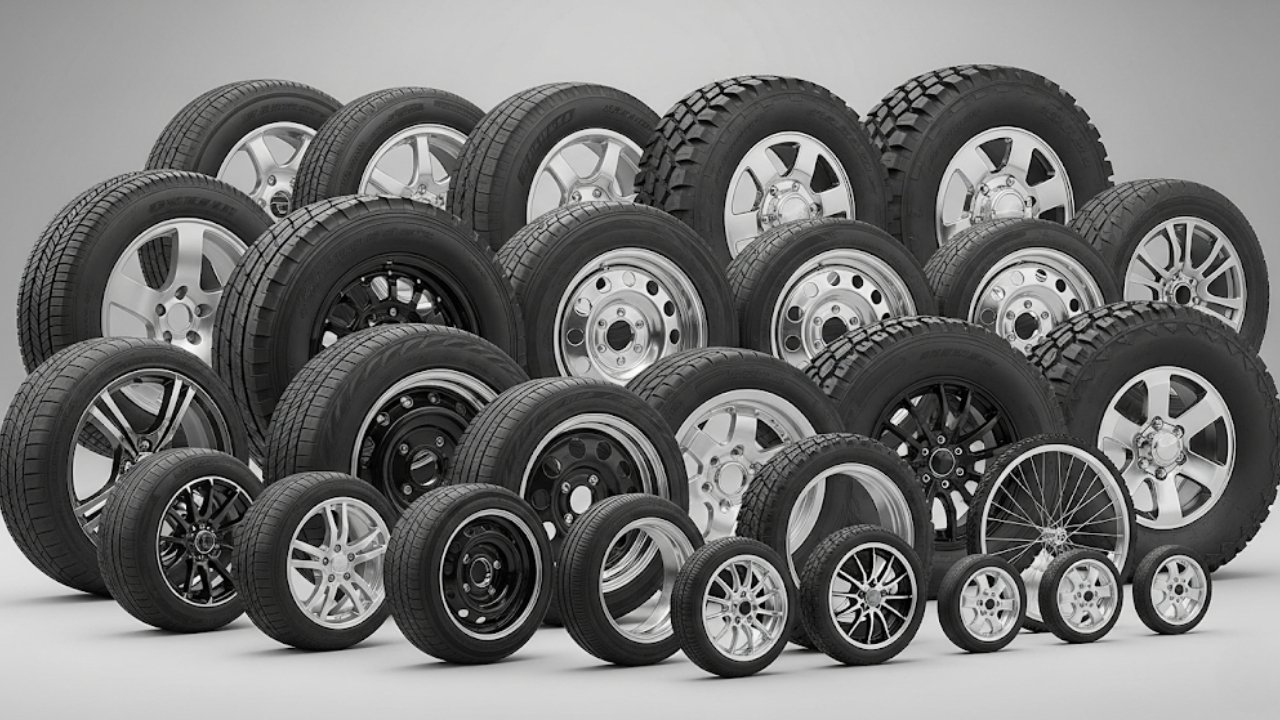
-
13.6: This is the tire’s width in inches (sidewall to sidewall).
-
28: This is the rim diameter in inches.
-
The dash (-) means it’s a bias-ply tire, not a radial.
Now, what about the 12-inch rim people often refer to? Here’s where confusion starts. Many people think “12 inch” refers to the width of the rim, but most of the time, it’s actually the rim diameter they mean.
But in this case, if you’re asking about putting a 13.6-28 tire on a 12-inch wide rim — that makes more sense, and that’s the direction we’ll go in.
Why is this important? Because tires and rims need to match both in diameter and width. If they don’t, you could be setting yourself up for a bumpy ride — or worse, a safety hazard.
Can You Fit a 13.6-28 Tractor Tire on a 12-Inch Rim?
Now let’s answer the big question: Is it safe or smart to fit a 13.6-28 tractor tire on a 12 inch rim?
The short answer? Yes, it can be done — but with a few big caveats.
Most 13.6-28 tires are designed for rims that are 11 inches wide, though ranging from 10 to 12 inches is considered acceptable by many tire manufacturers. That makes a 12-inch rim just barely within that tolerance range.
Think of it like wearing a shoe half a size too big. You might still walk fine, but if you’re running or doing tough work, you might trip or feel discomfort. That’s kind of what happens when you stretch or squeeze a tire to fit a rim size that’s not ideal.
Here’s what happens when you mount that tire:
-
The sidewall flexes more than normal, especially if overinflated.
-
It may wear unevenly, particularly on the outer tread.
-
It may lose traction, especially in muddy or wet fields.
-
In some cases, tire bead sealing may be compromised.
Risks and Real-World Implications
From a mechanical point of view, putting a 13.6-28 tractor tire on 12 inch rim isn’t the worst sin. But it’s not perfect either. When I tried this on my old Massey Ferguson, I noticed a few things right away.
The tire looked fine at first glance. It mounted without a fight, and aired up without leaks. But after a few days of using it for plowing, I noticed the outer edges of the tire started looking a bit off. Slight bulges formed, and one side looked more “stretched” than the other.
That’s when it hit me: tire profile matters. The fit wasn’t dangerous, but it wasn’t right either.
So before you decide, consider:
-
Workload: Are you hauling heavy loads or just mowing?
-
Terrain: Are you on hilly, rocky ground or smooth fields?
-
Speed: Higher speeds can stress mismatched tires faster.
Here’s a breakdown:
| Factor | On 12-Inch Rim | Ideal Rim (11-inch) |
|---|---|---|
| Bead Seating | Acceptable but not perfect | Excellent |
| Tire Profile | Slightly stretched | Natural shape |
| Sidewall Flex | Increased (can affect stability) | Optimal |
| Tread Wear | Outer edges wear faster | Even wear |
| Risk of Blowout | Low but possible under heavy use | Minimal |
| Recommended Use | Light-to-moderate work | All types of farm work |
Real-Life Story: My Tractor, My Mistake
Let me tell you a quick story. A few years ago, I was fixing up my uncle’s old tractor. We were in a hurry. The rear tire had cracked all along the bead, and we needed a new one before the rain hit. All I had on hand was a set of 13.6-28 tires, but the rims were 12 inches wide.
I did the mounting myself, thinking, “It’s only an inch, what’s the harm?” We plowed through two acres before things went south. One of the tires started slipping off the bead. We stopped, deflated it, reseated it, and managed to get by. But lesson learned: just because something works doesn’t mean it’s right.
If you’re in a pinch and it’s temporary — maybe it’s okay. But for long-term use, stick with manufacturer guidelines.
Key Pros and Cons
Here’s a quick rundown to keep things simple:
Pros:
-
Easy availability of 12-inch rims
-
Can be used in emergencies
-
Saves money short-term
Cons:
-
Uneven wear and possible bead issues
-
Not suitable for heavy-duty tasks
-
Reduces handling and stability
Bullet Points to Remember:
-
Always check the recommended rim width for the tire
-
A 13.6-28 tire is designed for 11-inch rims
-
A 12-inch rim is within range, but not ideal
-
Expect increased sidewall stress
-
Use only if you’re aware of limitations
Long-Term Effects on Tractor Performance
Mounting a 13.6-28 tractor tire on a 12 inch rim might seem like a quick fix, but it can quietly affect your tractor’s overall performance. Over time, these effects can pile up, much like how wearing shoes that don’t quite fit can mess with your posture.
When the tire’s bead doesn’t sit exactly as designed, it leads to uneven sidewall pressure, which reduces your control over the tractor — especially when carrying loads or working on inclines. You may notice the steering feels looser, or the rear end feels more “floaty,” especially in muddy conditions. This becomes more noticeable in older models without power steering.
Another hidden impact is fuel efficiency. Yep, tires affect that too. When the tire isn’t seated properly, it may not roll as efficiently. That means your engine works harder, burning more fuel. Add that to the costs of premature tire wear, and you’ve got yourself a slow leak in your wallet.
So while it might seem okay for a season, over multiple harvests, you might find yourself spending more on maintenance than you saved by reusing those 12-inch rims.
Safety Tips and Maintenance Guidelines
Now, if you’re already using or planning to use a 13.6-28 tire on a 12 inch rim, there are ways to stay safe. I’m not here to say don’t do it — but if you do, take extra care.
Here are some tips to extend tire life and reduce risk:
-
Check air pressure weekly – Under or overinflation can worsen bead slippage and sidewall flex.
-
Use bead sealer – Especially for older rims or if you’ve noticed slow leaks.
-
Inspect the tire for uneven wear – Pay close attention to outer edges.
-
Avoid heavy loads or steep hills – This setup isn’t ideal for stress-heavy jobs.
-
Rotate tires between seasons – Helps in evening out any wear patterns.
If you’re using the tractor in extreme temperatures — like the dry heat in parts of Texas or the freezing winters of the Midwest — the material stress can be even greater. Rubber shrinks and expands with temperature, and an improperly seated tire may crack more easily.
Also, don’t forget to check your rims for rust or dents. Any damage on the rim lip can make an already tight bead fit even less secure.
Are There Better Alternatives?
Absolutely. If budget allows, it’s better to use a rim size specifically recommended for your tire. For a 13.6-28 tire, most manufacturers suggest an 11-inch rim as optimal. You can still find affordable used or refurbished rims in that size from local farm supply stores or online marketplaces.
Another alternative is switching to a 12.4-28 tire, which is a little narrower and fits better on a 12-inch rim. It offers a similar rolling diameter and doesn’t sacrifice much in traction. If you’re using the tractor for light-duty work like mowing or field spraying, that’s a great compromise.
Here’s a quick comparison table:
| Tire Size | Rim Width Required | Best Use Case | Pros |
|---|---|---|---|
| 13.6-28 | 11″ (Ideal), 12″ (Max) | General farming, plowing | Great traction, heavy-duty use |
| 12.4-28 | 10″–11″ | Light tillage, mowing | Better fit on 12″ rims |
| 14.9-28 | 12″–13″ | Deep field work, loaders | Wider footprint, more stability |
What Experts and Farmers Say
I recently talked to a few folks at the local co-op and tire service center near my farm. One of the techs, Joe, told me flat out:
“You can do it, but you’re dancing on the edge. We always recommend matching exactly what the tire manufacturer lists.”
Another farmer I trust, who’s been working land for 35 years, said:
“Back in the day, we ran all sorts of mixes to keep the season going. But if you want your tractor to last, don’t take shortcuts when it comes to tires.”
Experts agree: It may not be illegal or even dangerous in the short term, but it’s always best to match tires and rims correctly for efficiency, safety, and durability.
Cost Breakdown: Is It Worth It?
Let’s be honest — most of us consider mismatched tire/rim combos to save money. But how much do you really save?
| Option | Approx. Cost | Lifespan Impact | Risk Level |
|---|---|---|---|
| 13.6-28 tire on 12″ rim (reused) | $0 – $50 | Shortened by 20–30% | Medium |
| Proper 11″ rim + mounting | $100–$200 | Full lifespan | Low |
| 12.4-28 tire on 12″ rim | $180–$300 | Full lifespan | Low |
In many cases, spending a bit more upfront saves money down the line. You reduce breakdowns, downtime, and get better performance.
Frequently Asked Questions (FAQs)
1. Can I permanently use a 13.6-28 tire on a 12 inch rim?
You can, but it’s not ideal for permanent use. It should be seen as a temporary solution until proper rim sizing is available.
2. Will mounting the tire on a 12” rim void any warranties?
Yes, using tires outside the manufacturer’s specified rim width can void warranties and liability claims in case of failure.
3. Does it affect tractor stability on hills?
Yes. The increased sidewall flex may cause stability issues on slopes or when turning under load.
4. How can I tell if the fit is too tight or wrong?
Check for bulging sidewalls, bead leaks, and uneven wear. If the tire looks “stretched” across the rim, it’s likely too wide.
5. Are there any tools to help with mounting mismatched tire/rim combos?
Yes, bead seating tools and tire irons help — but extreme caution is advised. Always use a safety cage during inflation.
6. Can I use a tube inside the tire for better fit?
Yes, tubes can help seal the bead better and add a layer of safety, but it doesn’t fix the rim-width mismatch.
7. What PSI should I use if mounting on a wider rim?
Stick to the tire’s recommended pressure. Don’t overinflate to “force” the bead — it increases the risk of a blowout.
8. Will it pass safety inspections?
In casual farming use, probably. But for commercial or highway use, mismatched sizes could be flagged.
Final Thoughts: The Right Fit Matters
Fitting a 13.6-28 tractor tire on a 12 inch rim is a bit like squeezing into your old jeans — possible, but not comfortable or long-lasting. While it may work for a short time, it’s not worth the long-term risk for your tractor’s health, your safety, or your wallet.
If you’re in a tight spot, it might be okay temporarily. But if you want peace of mind during the busiest season of the year, stick to what the manufacturers recommend.
Take it from someone who’s learned the hard way — the right rim for the right tire is always worth it.

